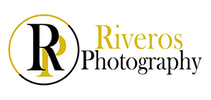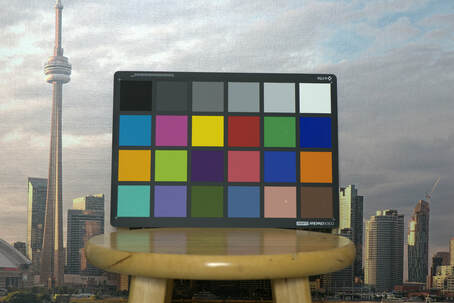|
As with most things, copying a piece of art gets very complicated and difficult very quickly. For now, let's just talk about colour. We scan a lot of artist's paintings here, and there is one thing in common: artists care about their colours.
Getting the colours right is probably more important than resolving the most amount of detail. The thing is, however, that duplicating colours perfectly is an impossible task. There are too many variables, but we can do a very good approximation. The first thing is to calibrate the colours as they come out of the camera. The colour patch you see above is over $100, and well worth it. Colours can change based on the light hitting the subject, the camera we are using, and how we are processing the image through software. So, we calibrate the image using the colour patch. Then, the monitor needs to be calibrated, and lastly, if we're making prints, the printer has to be profiled. Having done all these, we should be able to get pretty close to the original. All objects reflect light differently, and react differently to various light sources, but modern technology allows us to make a very close duplicate. We'll talk about geometry on an upcoming post. |
Roberto Riveros
Starting in 2008 as a full-time photographer, I own and operate Riveros Photography, here in Toronto. We have transitioned into a photo printing, art duplication, and full-service framing shop. We use only high-quality mouldings, and materials, and are proud of the fact that we do all work on-site. Archives
February 2024
|
Riveros Photography
167 Gary Drive Toronto, ON M9N 2M2
Sales@RiverosPhotography.com
PH. 647 648 1161
Contact Us
Give us a Review!
©2024
©2024

